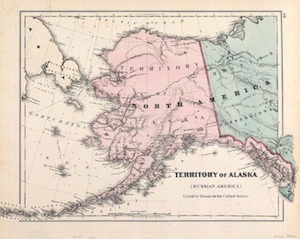During World War II the U.S. consented to feed the world, says George Russell, and then taught much of it how to feed itself:
Today’s world of plenty is a relatively new phenomenon. There is only one generation left that remembers hunger as a possibility in the industrialized world, and they are quickly dying off due to old age. World War II took a world that we would barely recognize and remade it into the modern life that we experience today. It’s no exaggeration to say that the entire world really was different before World War II. In 1942 only 24 percet of Americans owned cars per capita, compared with with 83 percent today, television was virtually unheard of prior to WWII with less than one percent of Americans owning a TV in 1942, and many rural districts in the US still did not have electricity. Similarly, in 1940 almost half of Americans lived on farms or in rural areas, compared with less than one quarter today.
What is more astounding is that in the US prior to World War II malnutrition—a word that is now almost unheard of in the West—was still a common affliction. In The Taste of War, Lizzie Collingham’s excellent and exhaustively researched book on food’s role in starting and ending World War II, she writes that in the US, “2 out of every five men called up were unfit for military service due to disabilities which were linked to poor nutrition.”











